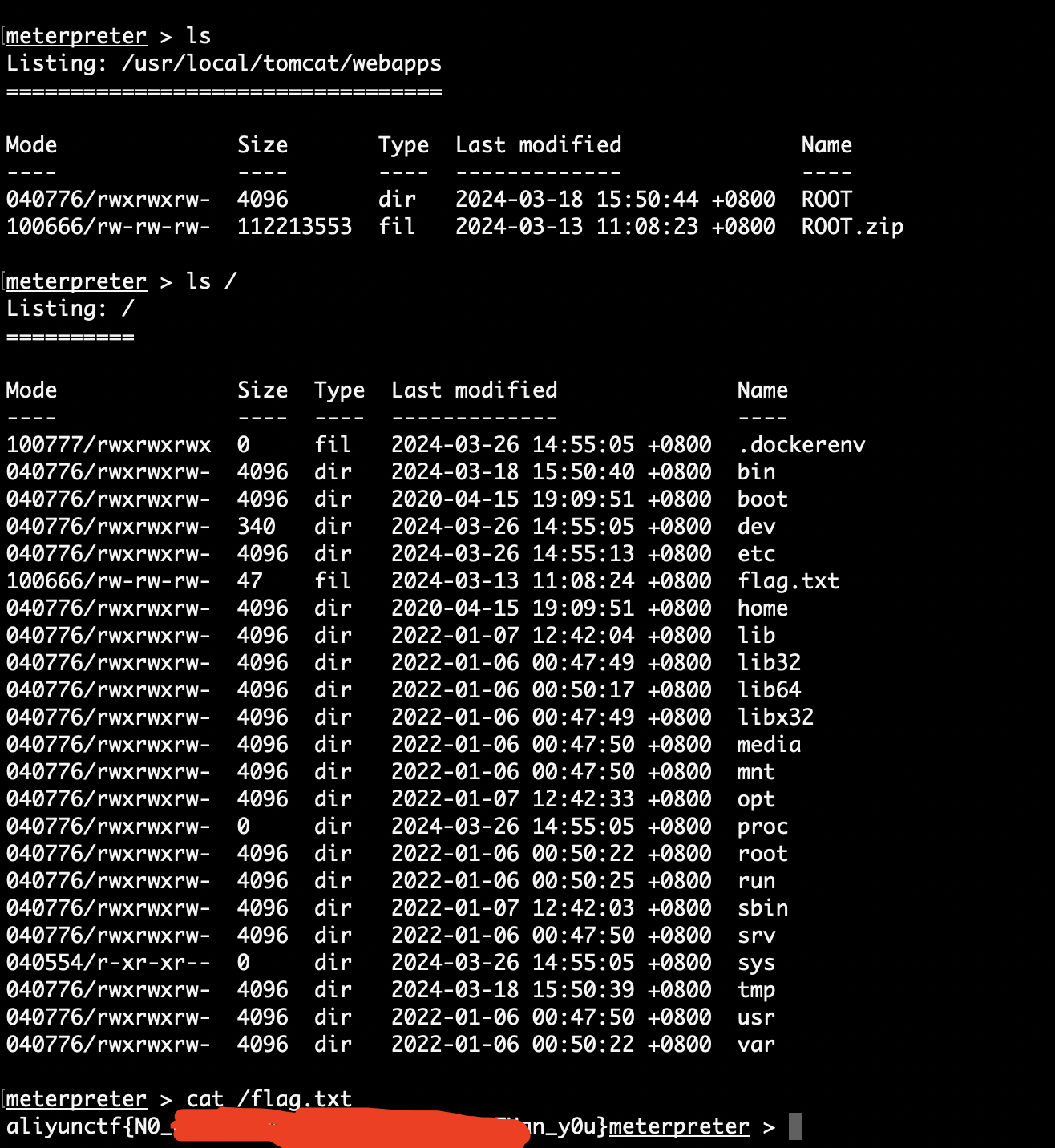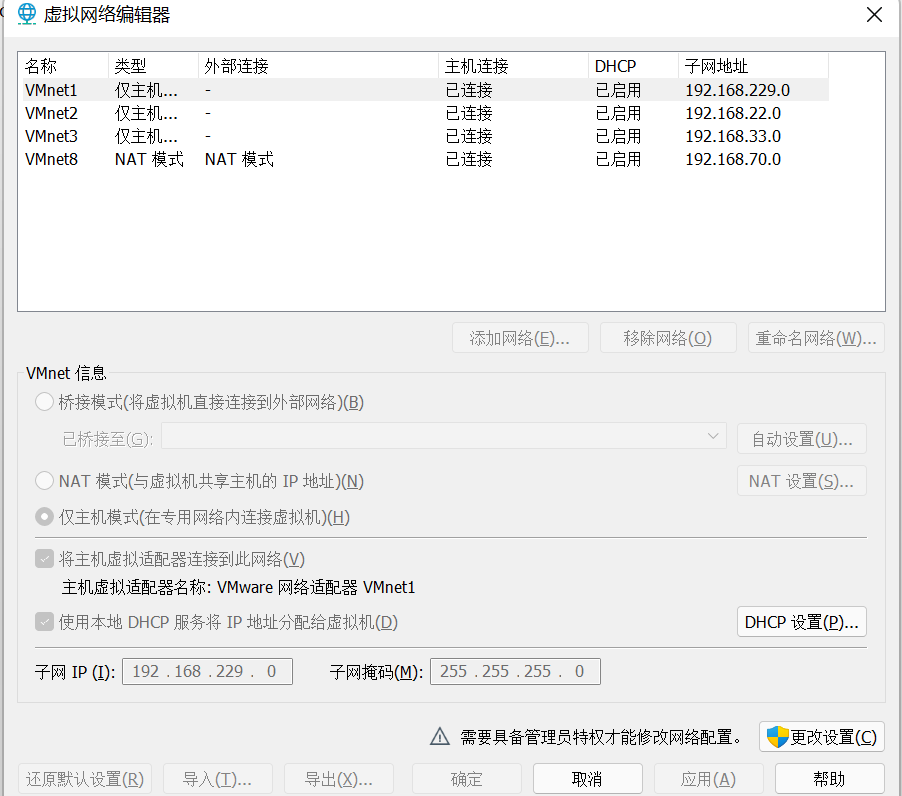python中执行速度的技术选择 前言 最近在开发一个扫描的项目,很多时候,发现一个函数的执行比较频繁且缓慢,我不知道应该用多线程、协程、还是多进程 或是消息队列等。
这说明目前开发水平太差,还是有很多需要学习的地方。所以就想着学习一些各个技术,然后简单的做个笔记啊,并总结出什么时候用哪种技术,可以让整个扫描更快。当然目前还是自嗨开发小项目阶段,没做过大项目工程,有见解不对的地方还望看到的人指正。
后面主要介绍多线程、协程、消息队列和异步。
多线程 python一提起多线程,我们搜到的资料基本就会说是鸡肋,是没用的,应该使用协程。以前我也没有好好的深究过这个问题,现在我们来看下python的多线程到底有没有用?
首先网上的资料都会说到GIL的问题导致python多线程很鸡肋,那什么是GIL锁?
GIL锁
GIL的存在主要是为了防止Python解释器中的数据结构被多个线程同时修改,导致数据结构出现不一致的情况。通过限制同一时刻只有一个线程能够执行Python字节码,GIL可以确保Python解释器中的数据结构不会被多个线程同时修改,从而保证线程安全。
测试
我们写一个多线程和普通执行的测试,都执行5000次计算,一个单线程执行,一个多线程执行:
1 2 3 4 5 6 7 8 9 10 11 12 13 14 15 16 17 18 19 20 21 22 23 24 25 26 27 28 29 30 31 32 33 34 35 36 37 def print_random (): for i in range (500 ): result = 9999999919 +5678987656 def create_threads (): start_time = time.time() threads = [] def ppdom (): result = 9999999919 +5678987656 for i in range (500 ): thread = threading.Thread(target=ppdom) thread.start() for thread in threads: thread.join() end_time = time.time() execution_time = end_time - start_time print ("多线程执行耗时:" , execution_time) def create_singal (): start_time_signal = time.time() print_random() end_time_signal = time.time() print (start_time_signal) print (end_time_signal) execution_time1 = end_time_signal - start_time_signal print ("单线程执行耗时:" , execution_time1) if __name__ == '__main__' : create_singal() create_threads()
执行多次发现,多线程比单线程的耗时更长(注意这里单线程是e-05次方):

这真的很离谱,多线程好像还不如单线程呢,完全没必要用到多线程。难道真的就是网上说的啥时候都别用多线程就对了吗?
那再看看下面这个代码:
1 2 3 4 5 6 7 8 9 10 11 12 13 14 15 16 17 18 19 20 21 22 23 24 25 26 27 28 29 30 31 32 33 34 35 36 37 38 39 40 41 42 import threadingimport randomimport timeimport requestsdef print_random (): for _ in range (5 ): response = requests.get("https://www.baidu.com" ) print (response) def create_threads (): start_time = time.time() threads = [] def ppdom (): response = requests.get("https://www.baidu.com" ) print (response) for _ in range (5 ): thread = threading.Thread(target=ppdom) thread.start() end_time = time.time() execution_time = end_time - start_time print ("多线程执行耗时:" , execution_time) def create_singal (): start_time = time.time() print_random() end_time = time.time() execution_time = end_time - start_time print ("单线程执行耗时:" , execution_time) if __name__ == '__main__' : create_threads() create_singal()
这里我们仅修改函数从原来的简单计算改为网络请求,运行结果如下:

同样执行五次请求,这时候我们可以发现多线程远远快于单线程,这是为什么呢?
因为耗时的IO应用(内存、网络、硬盘等等读取属于IO密集型运算)并不影响线程的执行,也就是cpu和IO是可以并行的。由于上面的代码中 request.get() 一个 I/O 密集型操作,即主要花费时间在等待网络 I/O 操作完成上。由于线程是独立的,一个线程在等待网络响应时,其他线程可以继续执行,从而最大程度上减少了阻塞等待的时间。所以我们也能看到速度飞快。
结论
由此我们可以得出结论,在GIL锁存在的情况下,如果程序是IO密集型的,那么多线程可以极大的加快速度。但如果程序不是 I/O 密集型时,多线程可能并不能提高性能,甚至还可能因为线程间的上下文切换导致额外的开销。另外由于GIL锁的存在,即使你的CPU多核,也很难发挥作用。所以多线程的运用与否主要考虑是否是IO密集型的操作。
协程 上面说到了多线程,现在再来看看协程是怎么回事。
概念
下面是Python 3中协程的一些重要特点和概念:
协程与生成器(generator):协程使用async def定义,并通过await关键字来挂起执行和等待其他协程完成。协程本质上是一种特殊的生成器,利用生成器的yield关键字进行状态保存和恢复。
async 和 await关键字:async关键字用于定义协程函数,表示函数是一个可以被挂起和恢复的协程。await关键字用于挂起协程的执行,等待另一个协程完成或者等待I/O操作完成。
非阻塞的等待:协程可以在等待I/O完成时挂起执行,允许其他协程继续执行。这种非阻塞的等待方式使得协程能够充分利用CPU和I/O资源,提高并发性能。
事件循环(event loop):Python 3的协程通常会在事件循环中执行。事件循环负责调度多个协程,使它们能够交替执行和等待,以实现并发效果。
异步I/O支持:协程在处理I/O密集型任务时特别有效。常用的异步I/O库例如asyncio提供了高级的异步编程机制,用于处理协程之间的调度和协作。
测试
1 2 3 4 5 6 7 8 9 10 11 12 13 14 15 16 17 18 19 20 21 22 23 24 25 26 27 28 29 30 31 32 33 34 35 36 37 38 39 40 41 42 43 44 45 46 47 48 49 50 51 52 53 54 55 56 57 58 59 60 61 62 63 64 65 66 67 68 69 70 71 72 73 74 import requestsimport threadingimport asyncioimport timedef normal_execution (): start_time = time.time() for _ in range (50 ): response = requests.get("https://www.baidu.com" ) end_time = time.time() execution_time = end_time - start_time print ("普通执行耗时:" , execution_time) def threaded_execution (): start_time = time.time() threads = [] def thread_function (): response = requests.get("https://www.baidu.com" ) for _ in range (50 ): thread = threading.Thread(target=thread_function) threads.append(thread) thread.start() for thread in threads: thread.join() end_time = time.time() execution_time = end_time - start_time print ("多线程执行耗时:" , execution_time) async def fetch (session ): url = 'https://www.baidu.com' async with session.get(url) as response: return await response.text() async def request_baidu (): async with aiohttp.ClientSession() as session: tasks = [] for _ in range (50 ): task = asyncio.ensure_future(fetch(session)) tasks.append(task) responses = await asyncio.gather(*tasks) def compare_execution_time (): print ("开始普通执行..." ) normal_execution() print ("\n开始多线程执行..." ) threaded_execution() print ("\n开始协程执行..." ) start_time = time.time() loop = asyncio.get_event_loop() results = loop.run_until_complete(request_baidu()) end_time = time.time() execution_time = end_time - start_time print ("协程执行耗时:" , execution_time) if __name__ == '__main__' : compare_execution_time()
执行结果如下:

可以看到协程速度飞快,
我们再换成IO非密集操作仅作算数计算,同样都计算500次:
1 2 3 4 5 6 7 8 9 10 11 12 13 14 15 16 17 18 19 20 21 22 23 24 25 26 27 28 29 30 31 32 33 34 35 36 37 38 39 40 41 42 43 44 45 46 47 48 49 50 51 52 53 54 55 56 57 58 59 60 61 62 63 64 65 66 67 68 69 70 71 72 import requestsimport threadingimport asyncioimport timedef normal_execution (): start_time = time.time() for _ in range (500 ): result = 99999 +54673829 end_time = time.time() execution_time = end_time - start_time print ("普通执行耗时:" , execution_time) def threaded_execution (): start_time = time.time() threads = [] def thread_function (): result = 99999 +54673829 for _ in range (500 ): thread = threading.Thread(target=thread_function) threads.append(thread) thread.start() for thread in threads: thread.join() end_time = time.time() execution_time = end_time - start_time print ("多线程执行耗时:" , execution_time) async def fetch (session ): result = 99999 +54673829 async def request_baidu (): async with aiohttp.ClientSession() as session: tasks = [] for _ in range (500 ): task = asyncio.ensure_future(fetch(session)) tasks.append(task) responses = await asyncio.gather(*tasks) def compare_execution_time (): print ("开始普通执行..." ) normal_execution() print ("\n开始多线程执行..." ) threaded_execution() print ("\n开始协程执行..." ) start_time = time.time() loop = asyncio.get_event_loop() results = loop.run_until_complete(request_baidu()) end_time = time.time() execution_time = end_time - start_time print ("协程执行耗时:" , execution_time) if __name__ == '__main__' : compare_execution_time()
执行结果:

可以看到协程速度虽然比多线程快,但还不如单线程,这就又回到了前面那样,在计算密集型计算中协程和多线程都是弟弟水平。但是协程度又确实比多线程快,那是不是以后需要用到多线程的地方直接用协程就行?
当然不是,如果注意观察可以看到上述代码中请求百度的库,别的代码使用的是requests,而协程使用的是aiohttp,这是因为requests不支持异步,也就没办法支持协程。另外协程的编程复杂度也高于多线程。所以很多时候在协程库不支持或是协程复杂度实现不能接受的时候,可以考虑使用多线程。
结论:
CPU密集型操作协程速度大于多线程但不如单线程,IO密集型操作协程远远大于多线程和单线程。
多进程 上面的比较又引出一个新的问题,CPU密集型的运算中 难道就只能使用单线程吗?
当然不是,这里我们引入多进程的概念:
Python中的多进程是指同时运行多个独立进程的能力。每个进程都有自己独立的内存空间和资源,可以并行地执行任务。这种并行和独立的特性使得多进程在处理计算密集型任务和提高CPU利用率方面非常有效。Python提供了multiprocessing模块来支持多进程编程
测试CPU密集型计算:
1 2 3 4 5 6 7 8 9 10 11 12 13 14 15 16 17 18 19 20 21 22 23 24 25 26 27 28 29 30 31 32 33 34 35 36 37 38 39 40 41 import timeimport multiprocessingdef cpu_intensive_calculation (): total = 0 for i in range (20000000 ): total += i return total def single_threaded (): start_time = time.time() for i in range (8 ): cpu_intensive_calculation() end_time = time.time() elapsed_time = end_time - start_time print (f"单线程执行耗时: {elapsed_time} seconds" ) def multi_process1 (): start_time = time.time() num_processes = multiprocessing.cpu_count() print (num_processes) num_tasks = 5000 processes = [] for _ in range (num_processes): process = multiprocessing.Process(target=cpu_intensive_calculation) processes.append(process) process.start() for process in processes: process.join() end_time = time.time() elapsed_time = end_time - start_time print (f"多进程执行耗时: {elapsed_time} seconds" ) if __name__ == '__main__' : single_threaded() multi_process1()
执行结果如下

可以看到 多进程在CPU密集型计算中会更有优势一点。
消息队列 其实协程中就有异步的概念,消息队列也有点异步的意思,严格来说消息队列和线程、进程不是一类技术,它是为了解决另一个问题:解耦、异步、削峰。
解耦:比如打卡系统和考勤系统是关联的,那么如果中间加入消息队列,打卡系统就只需要把打卡的数据放入消息队列由考勤系统去取就行。不必关心这两者系统的关联。
异步:多人打卡时可能每个打卡到都需要记录到考勤系统,但不可能每个人都是打完卡记录完以后才能下一个人打开,消息队列可以异步处理。简单说就是 打卡时打卡,考勤记录是考勤记录,中间由消息队列提供缓存和消息传递。
削峰:并发访问高峰期,可以缓存到中间件中减少对其他任务的压力。比如发送邮件是耗时应用,每天定期发送的邮件可能有几封,但是一家公司可能有上千人,这时候发送邮件就可以进入消息队列,然后再慢慢发送,防止流量过载。
消息队列的使用demo:
1、安装celery和redis
2、创建使用celery的应用
1 2 3 4 5 6 7 8 9 10 from celery import Celeryapp = Celery('myapp' , broker='redis://localhost:6379/0' ) @app.task def add (x, y ): return x + y
3、启动celry服务端,也就是启动消息队列:
1 celery -A tasks worker --loglevel=info
4、其他函数调用消息队列
1 2 3 4 from tasks import addresult = add.delay(4 , 6 ) print (result.get())
什么时候使用?耗时应用需要解耦、异步、削峰处理时使用此技术。
比如一个爬虫,它需要爬去、解析内容、记录到数据库。
那每个任务都可以写成多线程,然后进入消息队列,下一个任务直接从消息队列中取并继续压入消息队列:
怎么选择 如果是CPU密集型任务,那当然直接多进程。
如果是IO密集型任务,就有两种选择多线程和协程,如果协程库支持不完善,代码复杂度超出能力。那就选择多线程,否则选择协程,毕竟协程是新的技术,应该有更好的速度表现。
当需要 解耦、异步、削峰 时我们考虑消息队列并结合上述的技术进行优化。

备注 需要注意的是进程、线程、协程不是并列关系,他们是包含关系。进程包含线程包含协程。也就是说一个进程可以有多个线程一个线程可以有多个进程。
由于本身不是程序员,对代码理解有限,如果文中有错误的地方欢迎评论区指出。




